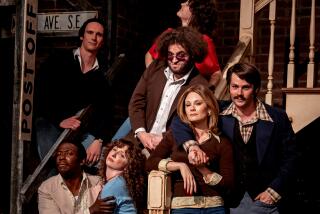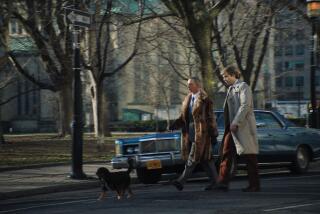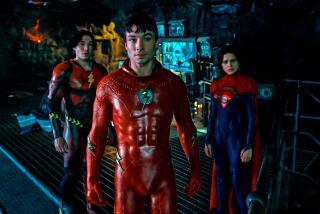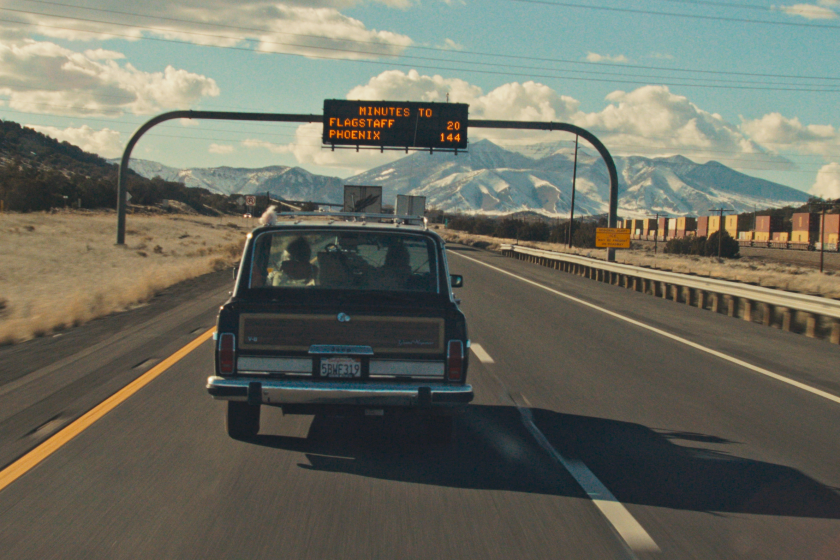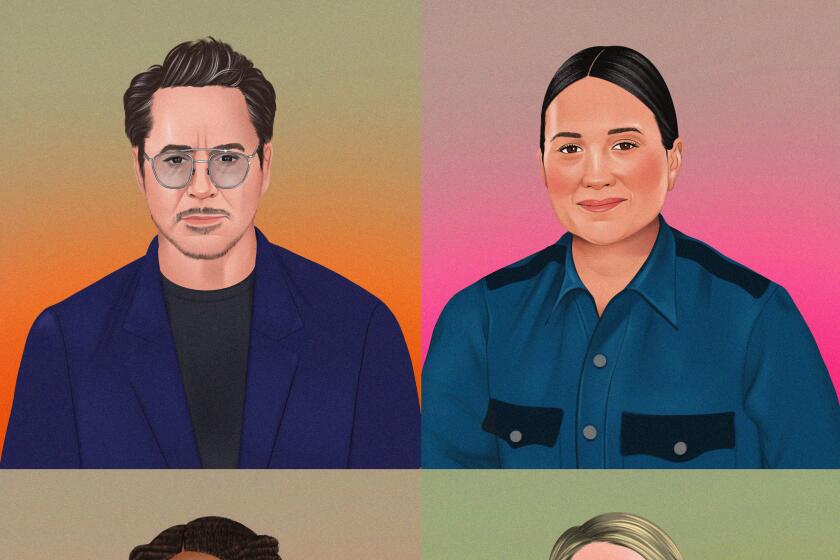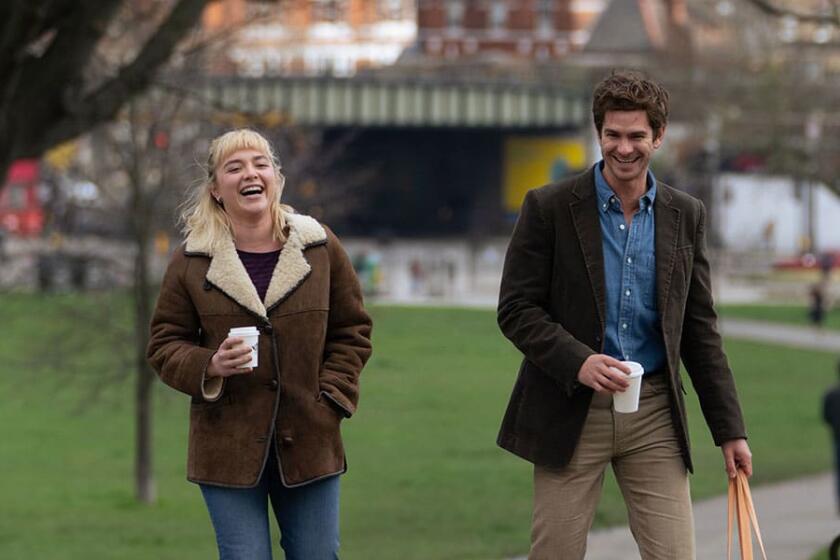Sometimes the Wonderment Never Stops
When at the end of 1980 I decided I had had enough of daily film-reviewing and turned to other pursuits, I didn’t fully appreciate that what I was surrendering was the privilege of seeing movies in a kind of Garden of Eden innocence.
My operating philosophy was to know as little about a movie as possible before I saw it. “It’s what’s up front that counts” was my motto too. Let the images themselves work if they were going to--work on me as they would on the paying customers later.
There was (usually) sufficient time afterward to read the production notes and the background stuff, possibly including the source novel if there was one, and to see the film again when that seemed appropriate.
But essentially I wanted to let the movie happen before my eyes, my responses untainted by other reviews, the searing or cheering word of mouth, or that form of industrial word of mouth--the rumblings of goodness or badness that start to form in Hollywood even before the cameras roll.
It made life exciting now and again. Either the print was late or the opening advanced for Martin Scorsese’s “Taxi Driver,” as I remember. I saw it, alone, in a screening room at Warner Bros., with almost no idea of what was coming and no idea, as my stomach knotted tighter and tighter, just how violent it would become. Win or lose, mine was as pure a response as a film maker could hope for, and my testimony to the power of the film was heartfelt.
One of the truths of the trade is that you can only see a film once. That initial emotional suspense--the not knowing--will never exist again. The pleasure can be felt again and the admiration, and if a film knocked you out the first time, knowing what’s ahead has its own huge rewards when you see it again, which is why the chap in Britain went to see “The Sound of Music” 190 times or whatever the figure was. (That was excessive, I feel.) But you’re only innocent once.
The demand of reviewing is to convey the experience of watching the film (making clear why it’s good, bad, or not quite either of the above) and yet to do it without exhausting the mystery and the surprises of the film. You have to leave something, preferably a lot, for the viewers to experience for themselves.
It’s often difficult, because the critic has to buttress the point of view with references from the film. And the more you admire a film, the more you want to tell about it.
So it is that when a film hits big, the reviews plus the combination of word of mouth and the attendant news coverage can create the feeling (even if the reviewers have tried not to give too much away) that you’ve seen the film long before you actually get to your seat.
These self-evident truths struck me again when I caught up with “Who Framed Roger Rabbit” a few nights ago, having missed the screenings.
For me the word of mouth began after the first screening, when a writer friend, who is a very credible witness, declared that “Rabbit” would go immediately into the motion picture pantheon alongside “The Wizard of Oz” and “Gone With the Wind.” That is not just a nudge to go see it; it is a two-handed shove.
The reviews have, for the most part, been on the enthusiastic side of idolatrous, and the first weekend grosses spoke for themselves--loudly.
In these circumstances you have to see such a hit quickly, before the well-known word-of-mouth backlash sets in. All the enthusiasm has been shown historically to set up an “Oh, yeah?” reaction. Many a nice little picture has suffered because the modest praise, amplified, began to make it sound like a GREAT BIG PICTURE, as if indeed in all capitals, giving it more weight than its nice littleness could sustain.
But the thing is that “Who Framed Roger Rabbit” really is extraordinary. The wonderment of “How did they do that?” never flags or stops. The ingenious melding of animators’ ink and human flesh reminds you thrillingly that even after a century, the movies have not exhausted their magic and that there are wonders still to come.
In that sense, “Who Framed Roger Rabbit” is the most renewing movie for the art form since “2001: A Space Odyssey” and “Star Wars,” with their openings-up of new technological turf.
(It is probably worth noting with some irony that the technological wizardry of combining live action and animation rests at last on patient, individual hand labor, working frame by frame where even computers are unable to tread. The final credit crawl on “Rabbit,” with its 739 names, by Time’s count, is as impressive as the languid animated hand flipping the real and lurid necktie.)
One caveat has been that Bob Hoskins is too real and somber as the principal human around. I see the point but disagree. The contrast between real and unreal is part of what gives the film its special appeal.
The best cartoons have always had an edge of satire. They have dealt with the realities of the human condition and human emotions (jealousy, greed, sibling rivalry, revenge, frustration, lust) using the weapons of the burlesque and the grotesque. Playing it for real, Hoskins keeps the film from being an ingenious vaudeville act that stays on too long.
Animation is the wonderful illusion within the larger illusion of pictures that seem to move. “Who Framed Roger Rabbit” celebrates the great illusionists who have made believers of us all.
More to Read
Only good movies
Get the Indie Focus newsletter, Mark Olsen's weekly guide to the world of cinema.
You may occasionally receive promotional content from the Los Angeles Times.
